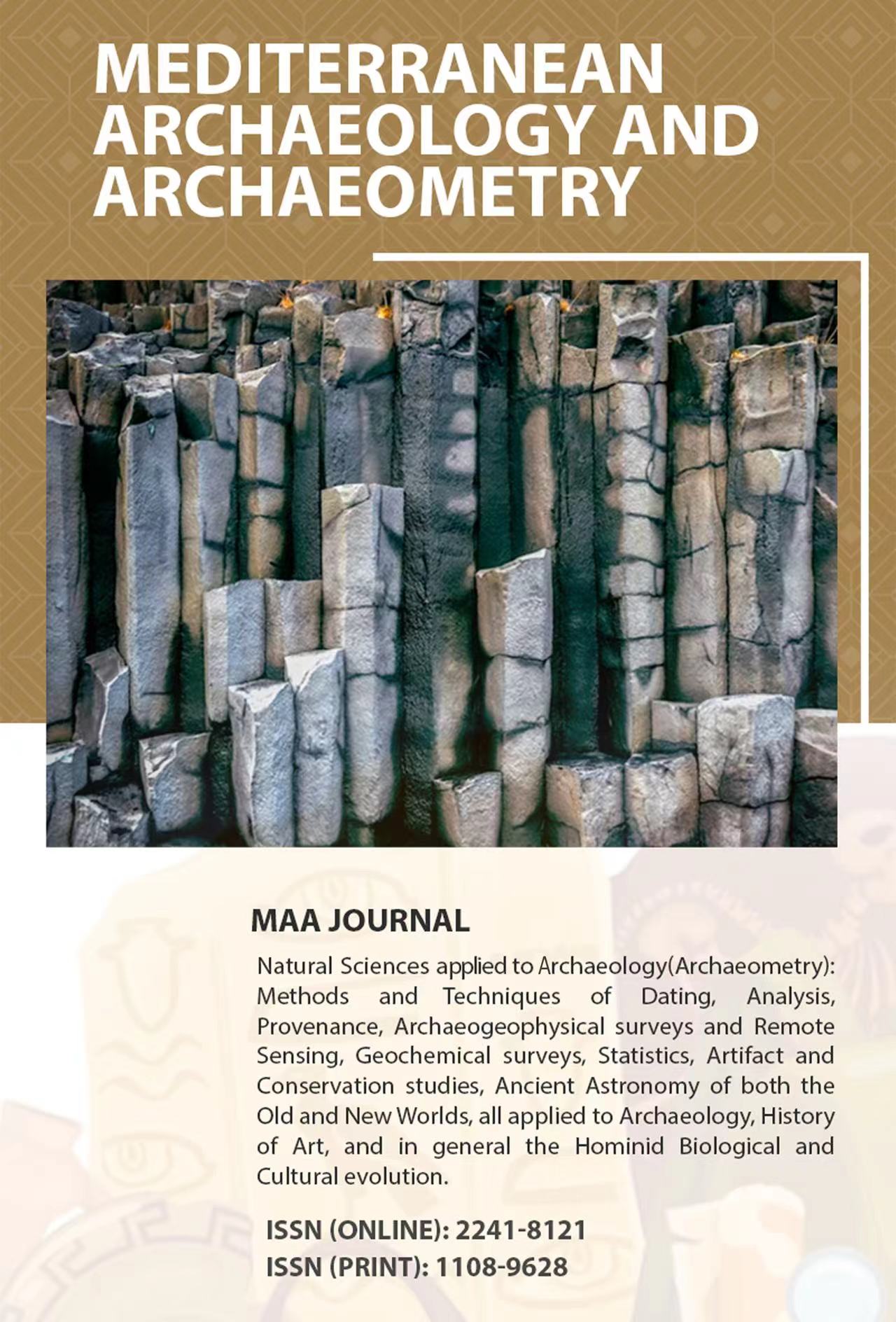Failed Effort to Revise Their Own Historical Narrative: The Case of ‘Inscription on a Naxian-Style Sphynx Statue from Potaissa Deciphered as a Poem in Dactylic Meter’ by Peter Z. Revesz
Keywords:
Statue of a Winged Sphynx, 3rd Century AD, Fake Inscription, ‘Proto-Hungarian’, Fake Dialect, Disinformation Disguised as Scientific Research.Abstract
In the 19th century, a Hungarian baron named Jósef Kémeny created a false inscription in a ‘Proto-Hungarian’ dialect supposed to have been found on a winged sphynx statuette, which was never actually seen as it only existed as a black-and-white drawing. The statuette was claimed to have been found in Potaissa (now known as Turda, Romania) dating back to the 3rd century AD, towards the end of the Roman occupation of Dacia. Several researchers in the 19th century had already proven the inscription to be a forgery. Despite this, the concept has been recently brought up again, with an article published in December 2023 by a Hungarian professor residing in the USA named Peter Z. Revesz from Nebraska University. Professor Revesz attempted to decipher the inscription, but the author of the current article has gathered evidence that the American researcher’s efforts were fruitless.










